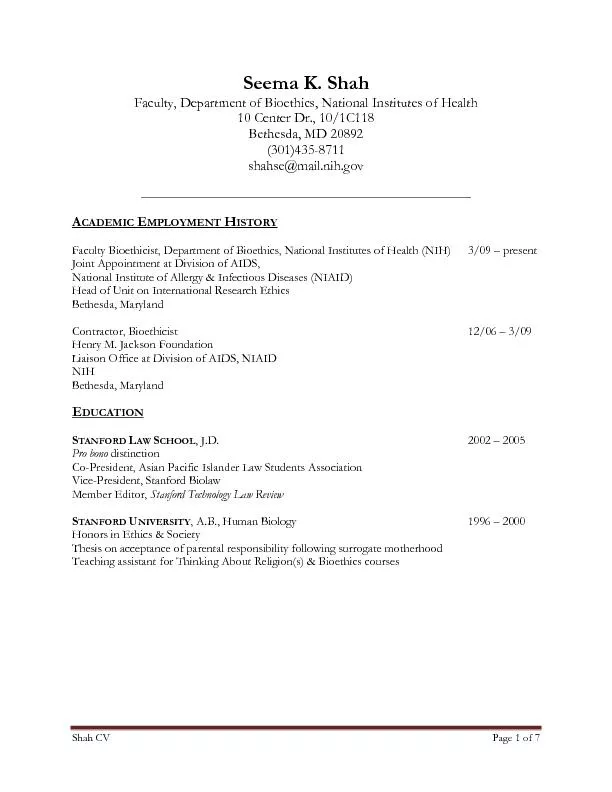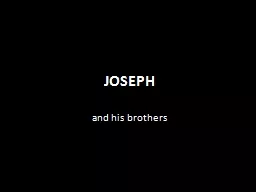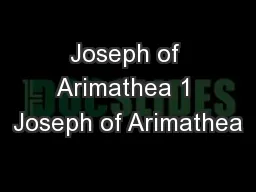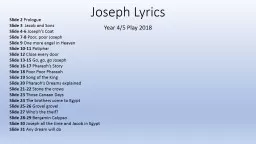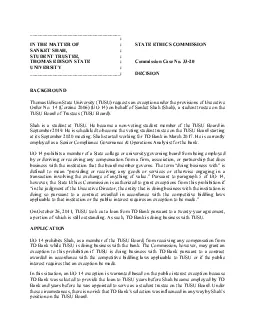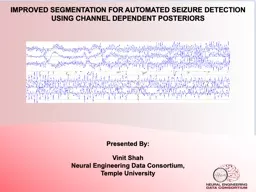PPT-Vinit Shah & Joseph Picone
Author : CuteKitten | Published Date : 2022-08-02
Neural Engineering Data Consortium Temple University EEG Segments Kaldi Adaptation for EEG event classification Outline Introduction to EEGs and various seizure
Presentation Embed Code
Download Presentation
Download Presentation The PPT/PDF document "Vinit Shah & Joseph Picone" is the property of its rightful owner. Permission is granted to download and print the materials on this website for personal, non-commercial use only, and to display it on your personal computer provided you do not modify the materials and that you retain all copyright notices contained in the materials. By downloading content from our website, you accept the terms of this agreement.
Vinit Shah & Joseph Picone: Transcript
Download Rules Of Document
"Vinit Shah & Joseph Picone"The content belongs to its owner. You may download and print it for personal use, without modification, and keep all copyright notices. By downloading, you agree to these terms.
Related Documents




